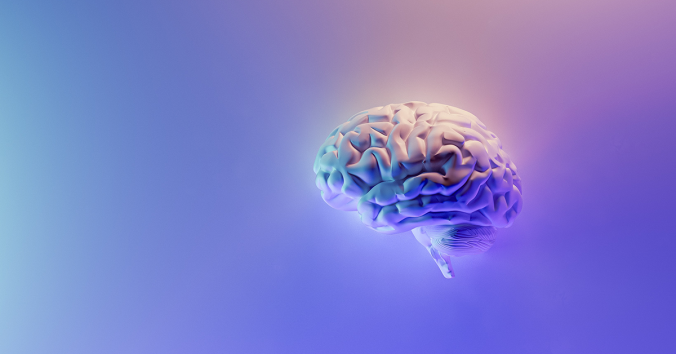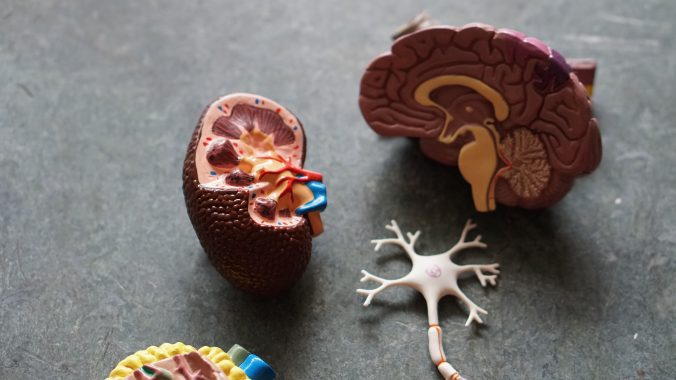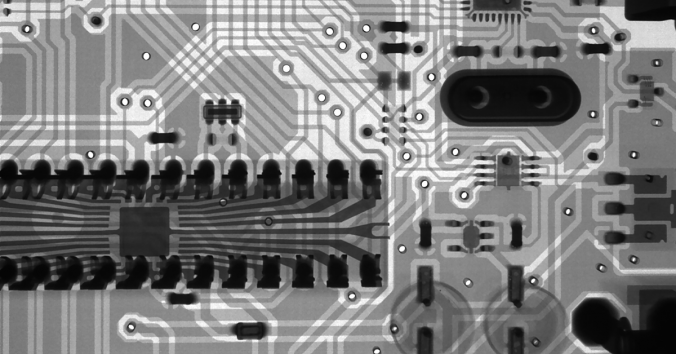Philosophy is often regarded as impractical and useless. At the same time, philosophy has a therapeutic aspect. Socrates practiced philosophy with people he met in Athens. He tried to persuade them to care not only about their bodies, their money and the affairs of the state, but to also examine themselves and take care of their soul. The same can be said of the Stoics, who emphasized that philosophy must be put into practice and actually change our ways of life. They gave public inspirational speeches about the importance of bringing order to our chaotic souls and they talked to people about how we can live completely fulfilling lives. How impractical and useless is that?
Both Socrates’ art of conversation and the life advice of the Stoics have inspired the emergence of cognitive behavioral therapies. In recent times, Asian philosophy and meditation have also inspired psychotherapy in the form of so-called mindfulness, used as a method to manage stress, anxiety and pain. However, there is a tendency to gloss over the philosophical influence behind these methods, as if philosophy were something impractical and useless! There is a risk that, in an effort to present a clinically effective facade, one covers up the philosophical depth, while the problems one tries to treat are often connected with superficial hopes for quick and effective solutions.
Can today’s psychotherapies more openly and directly draw inspiration from philosophy? Are there already such bridges to philosophy that can be strengthened? If so, what distinguishes them? These questions are investigated by Sylvia Martin, researcher at CRB and a practicing psychotherapist herself. In a review article, she focuses on work with values in various forms of cognitive behavioral therapy as a bridge to philosophy that could be strengthened. I will give an example from the article of such work, which suggests how patients can be supported to find a more stable and fulfilling attitude to life.
Many people seek meaning in life through various objectives and projects, which they then try to realize. They believe that happiness will only come if they get to travel to Beijing, find a new job, buy a house or get a dog. Objectives do not provide stable meaning and fulfillment. On the contrary. The satisfaction when objectives are realized is short-lived and soon turns into a feeling of emptiness that must be filled by new exciting projects. There is of course nothing wrong with travel, jobs, houses or dogs, but when chasing new objectives becomes a pattern it can be unfortunate. Soon a whole life is filled with objectives that do not give the stable fulfillment that one is really longing for. The pattern of seeking new objectives and projects that will give meaning and satisfaction becomes a self-destructive lifestyle, which it eventually becomes difficult to get out of. But through therapy, people can be helped to see the unfortunate pattern. For example, they can be given the task of imagining the objective of “traveling to Beijing”: how they save money for the trip, learn Chinese and plan the trip. They can imagine all the fun they have in Beijing. But how does it feel to come home again? To come home is to return to meaninglessness and immediately the same old emptiness must be filled by a new project. Values such as compassion and truth differ from objectives by being more like a road that never ends. Values can be cultivated and deepened without end. The path becomes the destination, fulfillment lies in walking it, and the elusive notion of “finally finding fulfillment” dissolves. But all of this of course assumes that the therapy is not perceived as a “trip to Beijing” that will finally bring fulfillment. There are no easy solutions to the problem of a meaningless life, such as new trips, new jobs, new houses… or new therapies.
Philosophically anchored psychotherapy can contribute to the deepening required, so that the work with values does not become another project that reinforces superficial attitudes to life. Perhaps the impression that philosophy is impractical and useless is even related to the restless attitude that a meaningful life requires objectives to be effectively realized? Philosophy is not a project, but more like a lifelong path. Read Sylvia Martin’s review article here: Using values in cognitive and behavioral therapy: a bridge back to philosophy.

Written by…
Pär Segerdahl, Associate Professor at the Centre for Research Ethics & Bioethics and editor of the Ethics Blog.
Martin, S. Using values in cognitive and behavioral therapy: a bridge back to philosophy. Journal of Evaluation in Clinical Practice. 2023; 1- 7. doi:10.1111/jep.13872
We challenge habits of thought














Recent Comments